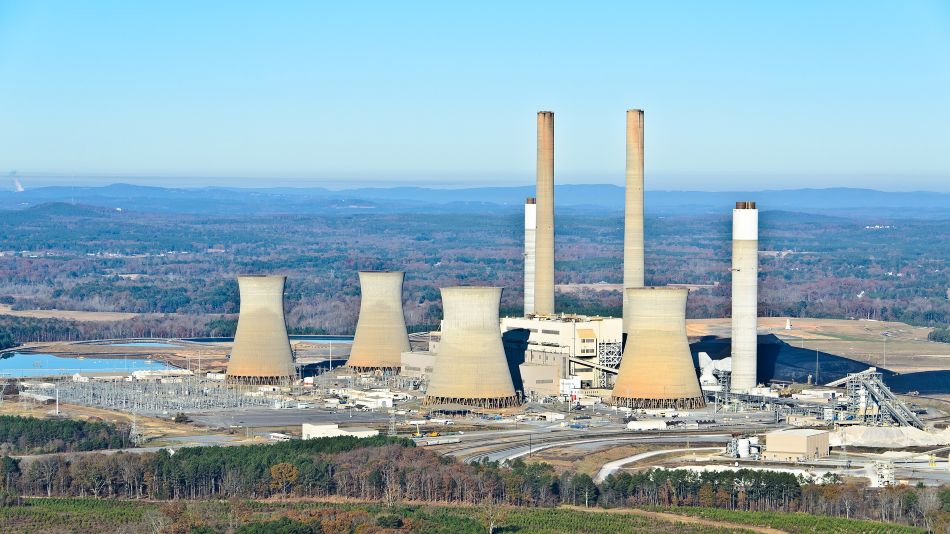White House Aims to Reduce U.S. Greenhouse Gas Emissions by 50-52 Percent by 2030
White House Aims to Reduce U.S. Greenhouse Gas Emissions by 50-52 Percent by 2030
The White House recently announced a new goal of reaching a 50 to 52 percent reduction in greenhouse gas emissions from 2005 levels by the year 2030. This is part of the White House’s ongoing efforts to fulfill the Paris Climate Accord that President Biden rejoined his first day in office. The Paris Agreement sets a course for the U.S. to reach net-zero emissions by 2050. The goal to cut emissions in half by 2030 is the result of a new report by the President’s Council of Economic Advisors. The report also warns that the U.S. is lagging behind China in developing clean technologies, which could have a severe economic impact in the coming decades.
China has become the largest producer and exporter of renewable energy technology, which has threatened the U.S.’s ability to be a major player in these emerging markets. Secretary of State Antony Blinken commented, “If we don’t catch up, America will miss the chance to shape the world’s climate future in a way that reflects our interests and values, and we’ll lose out on countless jobs for the American people.”
Blinken’s comments came before the President hosted 40 world leaders, including from China, for a global climate change summit late last month. President Biden held the summit to bring together nations to work bilaterally to achieve policy goals. Blinken also used the opportunity to show the Administration’s support for a $2 trillion investment in infrastructure and technology to help the U.S. become a global leader in the export of innovative clean energy technologies.
During the summit, the White House also announced an International Climate Finance Plan with five major action items:
For more information, please see the White House Press Release.
China has become the largest producer and exporter of renewable energy technology, which has threatened the U.S.’s ability to be a major player in these emerging markets. Secretary of State Antony Blinken commented, “If we don’t catch up, America will miss the chance to shape the world’s climate future in a way that reflects our interests and values, and we’ll lose out on countless jobs for the American people.”
Blinken’s comments came before the President hosted 40 world leaders, including from China, for a global climate change summit late last month. President Biden held the summit to bring together nations to work bilaterally to achieve policy goals. Blinken also used the opportunity to show the Administration’s support for a $2 trillion investment in infrastructure and technology to help the U.S. become a global leader in the export of innovative clean energy technologies.
During the summit, the White House also announced an International Climate Finance Plan with five major action items:
- scaling-up international climate finance and enhancing its impact
- mobilizing private finance internationally
- ending international official financing for carbon-intensive fossil-fuel-based energy
- making capital flows consistent with low-emissions, climate-resilient pathways
- defining, measuring, and reporting U.S. international climate finance
For more information, please see the White House Press Release.



